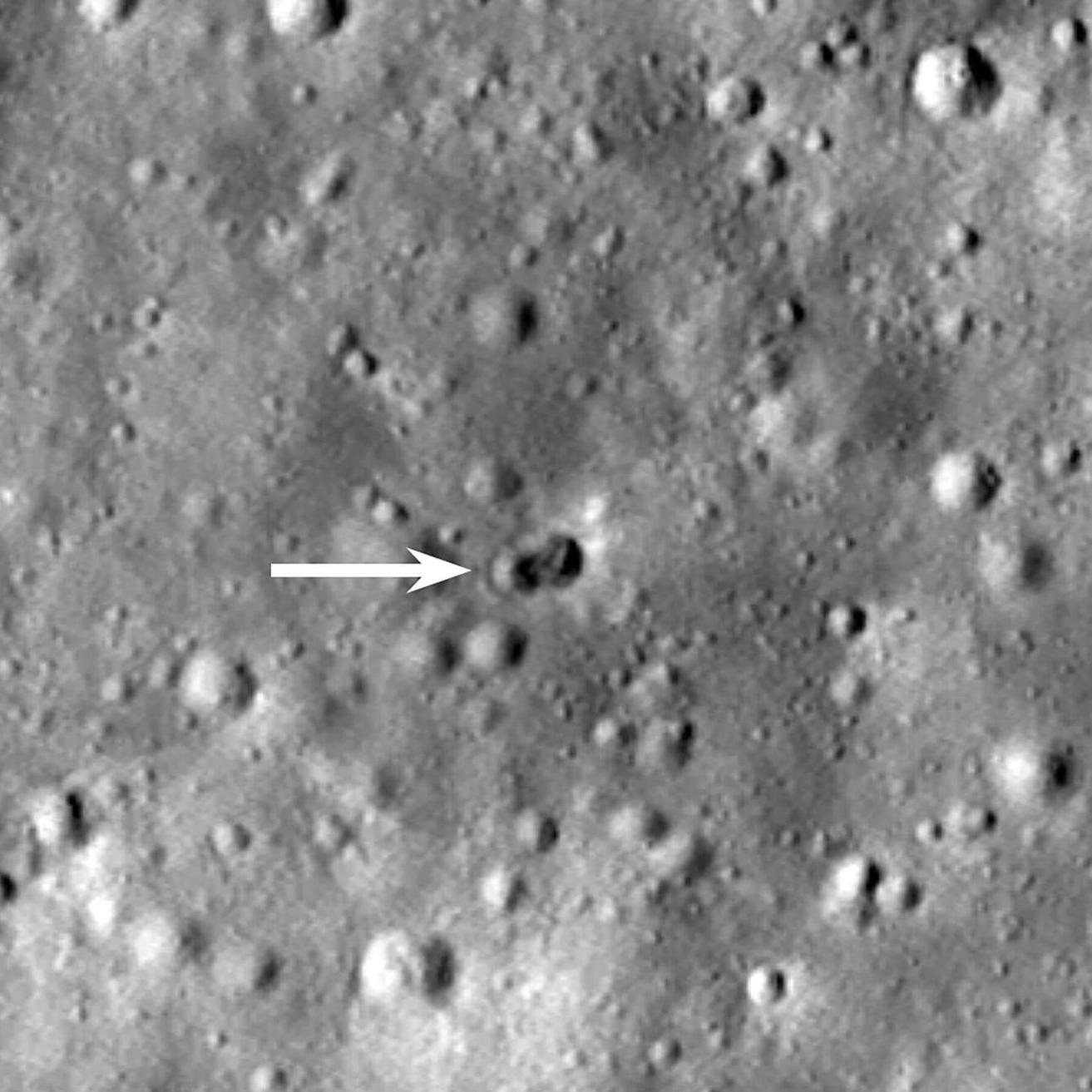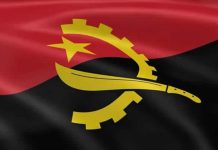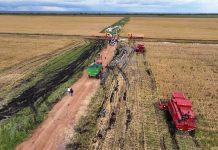Africa-Press – Angola. Spanish scientists compared rocks collected on the Moon with those from a region of the island of Lanzarote and concluded that they are analogous, opening the door to investigations into food production and construction on Earth’s natural satellite.
In the investigation, the conclusions of which were published on the website “Scientific Reports”, of the scientific journal Nature, three areas of Lanzarote, in the Spanish archipelago of the Canary Islands, were selected “with the aim of verifying which of them had the greatest number of characteristics in common with the surface and Peñas de Tao was considered to be potentially analogous to the place where the Apollo 14 spacecraft of the US space agency (NASA) landed on the Moon in 1971, researcher Fernando Alberquilla Martínez explained to the Lusa agency.
The analogy between the rocks of Lanzarote and the samples collected by NASA astronauts on the Moon was established with techniques of “petrophysical characterization” – tests of hardness, roughness, color, porosity, saturation, etc. – and “geochemical and mineralogical characterization” , to evaluate in detail the composition of the rocks, according to Fernando Alberquilla Martínez, one of the four authors of the article published on this investigation, a project that is part of a collaboration between the Complutense University of Madrid and the Instituto de Geociências of Spain (CSIC- MCU).
Once the analogy between the lunar and Lanzarote rocks was defined, “it was decided to develop the first Spanish lunar regolith simulator”, that is, a simulator of sand or decomposed rocks of the Moon, to proceed now with studies of “planetary geology”. (study of objects with solid surfaces in the universe) and “astrobiology” (related to the study of life in the universe).
The Spanish regolith (moon rock designation) simulator, called “LZS-1”, is not the first, as others have already been made in China and by NASA, but this is “the first time that a simulator has been developed in which carried out petrophysics characterization tests viewing the Lanzarote basalt from the point of view of a resource for the habitability of the Moon’s surface”, explained Fernando Alberquilla Martínez, who responded to Lusa’s questions in writing.
For More News And Analysis About Angola Follow Africa-Press






